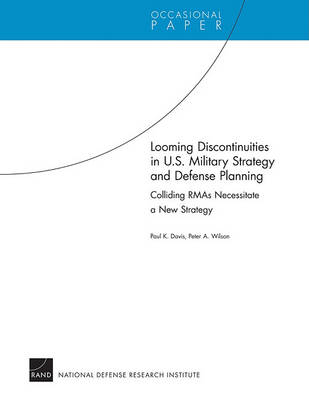The authors argue that the United States is entering a period of discontinuity in its defense planning, something that future historians may see as a planning crisis. The causes are technology diffusion that is leveling aspects of the playing field militarily, geostrategic changes, and the range of potential adversaries. The authors see these as leading to (1) increasingly difficult force projection in some important circumstances; (2) a related block obsolescence of U.S. forces and concepts of operations; (3) the need for a new grand strategy in the Asia-Pacific region, where China is now a major regional power; and (4) the United States having to deal with a demanding mix of "complex operations" (e.g., counterinsurgency and stabilization) and traditional challenges. Obstacles exist to taking on these challenges. These include severe economic issues and the absence of consensus on the nature of next-generation forces and posturing. The paper presents three illustrative models for future concepts of operations, but all are very challenging. They and others will need to be explored with considerable innovation and experimentation. Finally, the papers argue for a comprehensive rebalancing of national security strategy, not just a rebalancing of military capabilities.
- ISBN10 0833052101
- ISBN13 9780833052100
- Publish Date 16 April 2011
- Publish Status Active
- Publish Country US
- Imprint RAND
- Format Paperback (US Trade)
- Pages 80
- Language English
